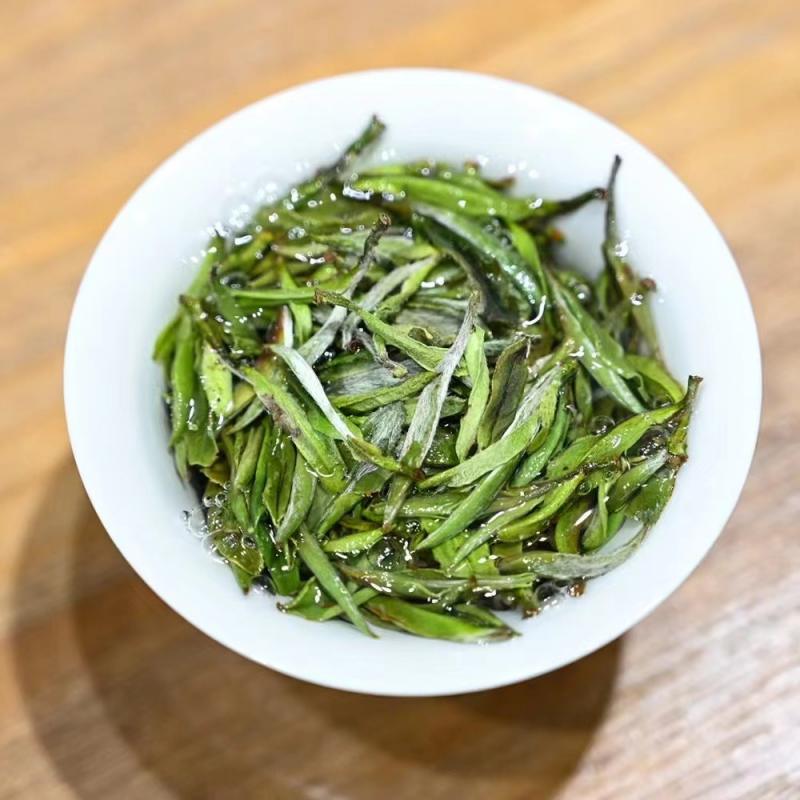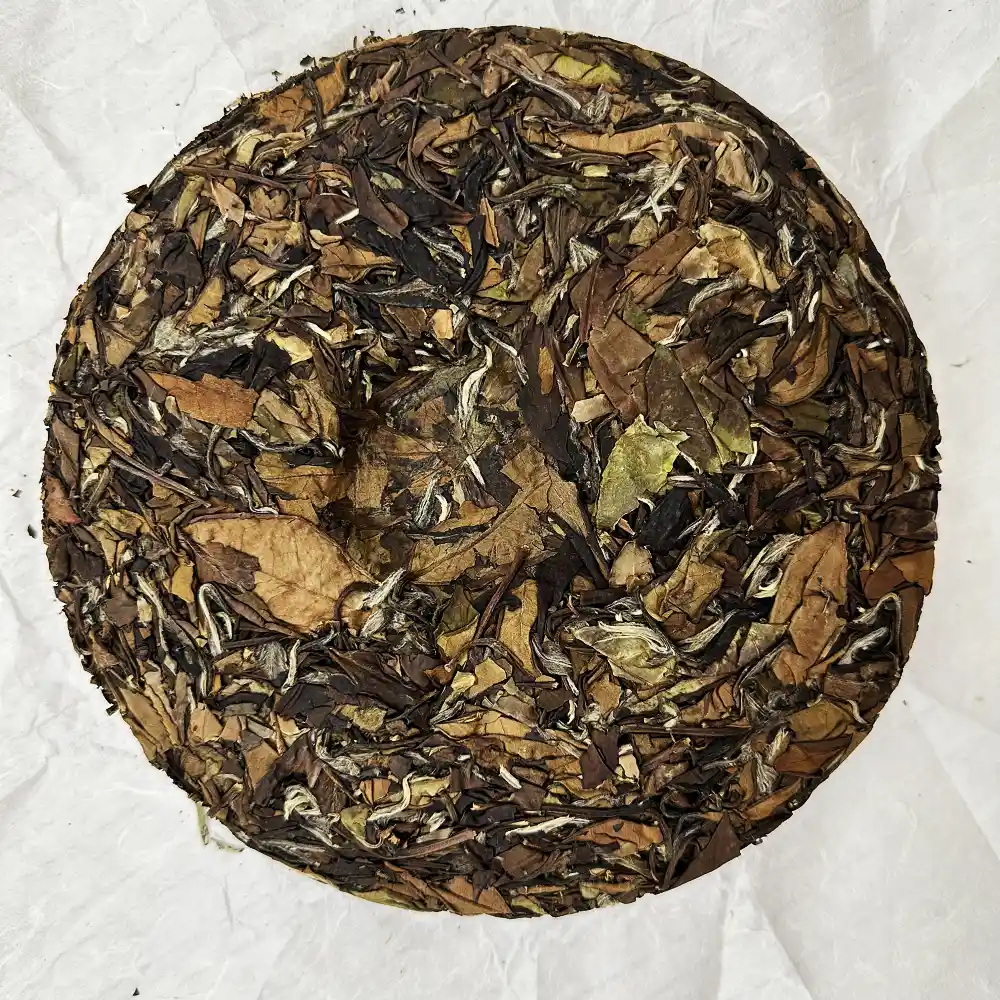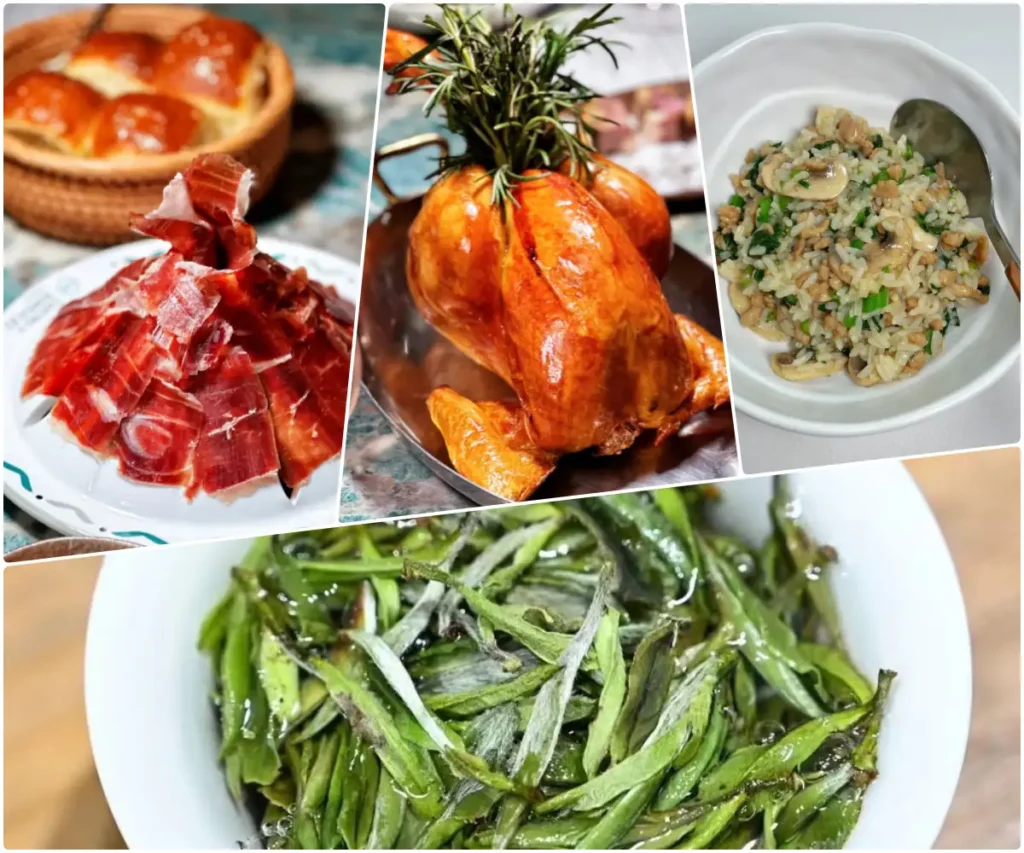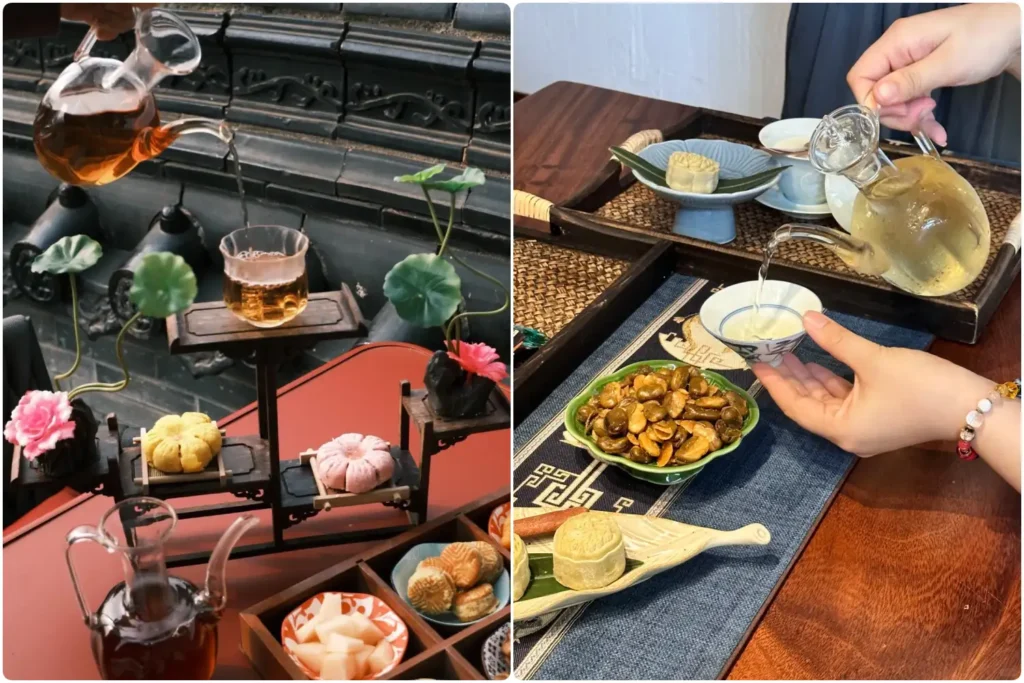White tea, known for its delicate flavor and numerous health benefits, is a versatile beverage that can elevate your culinary experiences. Whether you’re sipping on a fragrant cup of White Peony or savoring the subtle notes of Shou Mei, pairing white tea with the right foods can create a harmonious balance of flavors. In this comprehensive guide, we’ll explore the art of pairing white tea with various cuisines, helping you discover new and exciting ways to enjoy this exquisite brew.
Understanding the Nuances of White Tea
Before exploring food pairings, it’s essential to understand the distinct characteristics of white tea. Unlike more oxidized teas, white tea is minimally processed, which preserves its light, delicate flavor. The two most popular varieties, White Peony and Shou Mei, have unique profiles. White Peony is gentle and floral, while Shou Mei offers a fuller, nuttier taste. These subtle yet distinct flavors make white tea a versatile choice for complementing a variety of dishes.
White Peony, or Bai Mu Dan, is crafted from young buds and leaves, resulting in a pale, golden brew with a gentle sweetness and floral scent. Its light, delicate profile makes it an ideal match for lighter dishes, enhancing the meal without overpowering it. This tea offers a refreshing experience, perfect for those seeking a subtle yet aromatic flavor in their tea selection.

Shou Mei is made from more mature leaves, producing a more bottomless, richer brew with a fuller body and subtle nutty notes. Its robust flavor profile makes it well-suited for pairing with more substantial, savory dishes. The tea’s bold character complements hearty meals, providing a satisfying contrast without being overpowered. Shou Mei offers a more intense yet balanced taste for those who enjoy a fuller tea experience.

Complementary Flavors: Pairing White Tea with Savory Dishes
When pairing white tea with savory dishes, the goal is to find flavors that complement and elevate the tea’s delicate notes without overshadowing them. To achieve this balance, opt for lighter, more subtle dishes highlighting the tea’s natural characteristics. Here are a few thoughtful combinations to consider, where the flavors of both the tea and food harmonize, creating a memorable tasting experience that enhances the overall meal:

| Category | Recommended Dishes | Tea Characteristics |
|---|---|---|
| Seafood Sensations |
|
Light, refreshing; balances brininess and cleanses the palate. |
| Poultry Pairings |
|
Slightly fuller body; complements richness without overpowering. |
| Vegetarian Delights |
|
Light, refreshing; cuts through creamy textures and enhances natural vegetable flavors. |
Seafood Sensations
White tea’s light, refreshing nature makes it an ideal companion for seafood dishes. A cup of White Peony can beautifully accentuate the delicate flavors of:White tea’s light, refreshing nature makes it an ideal companion for seafood dishes. A cup of White Peony can beautifully accentuate the delicate flavors of:白茶轻盈、清爽的本质使其成为海鲜菜肴的理想伴侣。一杯白牡丹可以完美地突出以下细腻的味道:
- Steamed fish with ginger and scallions
- Grilled shrimp skewers with lemon and herbsGrilled shrimp skewers with lemon and herbs柠檬香草烤虾串
- Sushi and sashimi platters
The tea’s subtle sweetness can help balance the brininess of seafood while cleansing the palate between bites.
Poultry Pairings
White tea’s versatility extends to poultry dishes as well. Consider pairing Shou Mei with:
- Roasted chicken with herbs
- Turkey sandwiches with avocado
- Duck confit with cherry sauce
The tea’s slightly fuller body complements the richness of poultry without overwhelming the flavors.
Vegetarian Delights
For those who prefer plant-based options, white tea can elevate vegetarian dishes to new heights. Try pairing White Peony or Shou Mei with:
- Grilled vegetable platters
- Mushroom risotto
- Spinach and feta quiche
The tea’s light, refreshing qualities can help cut through rich, creamy textures while enhancing the natural flavors of vegetables.
Sweet Indulgences: Pairing White Tea with Desserts

White tea pairs wonderfully with desserts, offering a delicate contrast to sweet treats. The key is selecting desserts that complement, rather than overshadow, the tea’s subtle flavor. Light, not overly sugary options, like fruit-based sweets or mild pastries, work best. These desserts allow the tea’s floral and smooth notes to shine, creating a balanced and refreshing finish to any meal.
| Category | Recommended Desserts | Tea Characteristics |
|---|---|---|
| Fruit-Based Desserts |
|
Subtle, floral notes enhance fruitiness without competing with sweetness. |
| Light Pastries |
|
Slightly nutty profile complements buttery richness and offers pleasant contrast. |
| Chocolate Treats |
|
Subtle sweetness enhances chocolate flavors without being overwhelmed. |
Fruit-Based Desserts
The natural sweetness and floral notes of White Peony make it an excellent match for fruit-based desserts such as:
- Fresh fruit tarts
- Poached pears in white wine
- Lemon sorbet
The tea’s subtle flavor can enhance the fruitiness without competing with the dessert’s sweetness.
Light Pastries
Shou Mei’s slightly nuttier profile pairs well with delicate pastries like:
- Almond croissants
- Madeleines
- Butter cookies
The tea’s fuller body can stand up to the buttery richness of these treats while offering a pleasant contrast.
Chocolate Treats
While it may seem counterintuitive, white tea can complement certain chocolate desserts. Opt for lighter options such as:
- White chocolate mousse
- Milk chocolate-covered strawberries
- Chocolate macarons
The tea’s subtle sweetness can enhance the chocolate’s flavor without being overwhelmed.
Tips for Successful White Tea Pairings
To make the most of your white tea and food pairings, keep these tips in mind:
- Temperature matters: Serve white tea at the appropriate temperature (For the delicate Silver Needle and White Peony teas, use a lower water temperature, around 90-95°C, 194-203°F. For larger-leaf teas like Shoumei and Gongmei, use 95°C to thoroughly boil water, 203-212°F) to fully appreciate its flavors.
- Consider brewing time: Adjust the steeping time based on the food pairing. A longer steep may be needed for heartier dishes.
- Experiment with different varieties: Try White Peony and Shou Mei with various foods to discover your preferred combinations.
- Balance flavors: Aim for a harmonious balance between the tea and food, avoiding overpowering flavors on either side.
- Cleanse the palate: Use white tea as a palate cleanser between bites to fully appreciate the nuances of your meal.
Conclusion
Pairing white tea with your favorite foods opens up culinary possibilities. Whether you’re enjoying a light lunch, a hearty dinner, or a sweet dessert, there’s a white tea pairing that can enhance your dining experience. Remember, the art of pairing tea with food is a personal journey. Don’t be afraid to experiment, and trust your palate. As you explore different combinations, you’ll develop a deeper appreciation for the subtle complexities of white tea and how it can transform your meals into extraordinary culinary adventures.
We serve thousands of satisfied tea enthusiasts in our tea house each year, and we’re excited to share these exceptional teas with tea lovers worldwide at Orientaleaf.com.

References
- Heiss, M. L., & Heiss, R. J. (2012). The Tea Enthusiast’s Handbook: A Guide to Enjoying the World’s Best Teas. Ten Speed Press.
- Lu, Y., & Guo, L. (2017). White Tea: Chemistry, Processing, and Health Benefits. In Tea and Tea Products: Chemistry and Health-Promoting Properties (pp. 257-275). CRC Press.
- Pettigrew, J., & Richardson, B. (2015). The New Tea Companion: A Guide to Teas Throughout the World. Benjamin Press.
- Ukers, W. H. (2018). All About Tea. Forgotten Books.
- Wang, Y., Ho, C. T., & Li, L. (2020). White tea: Its health benefits and applications. In Functional Foods and Nutraceuticals (pp. 147-166). Springer.



Pingback: The Secrets to Enjoying White Tea: Tips for Beginners - Orientaleaf Blog